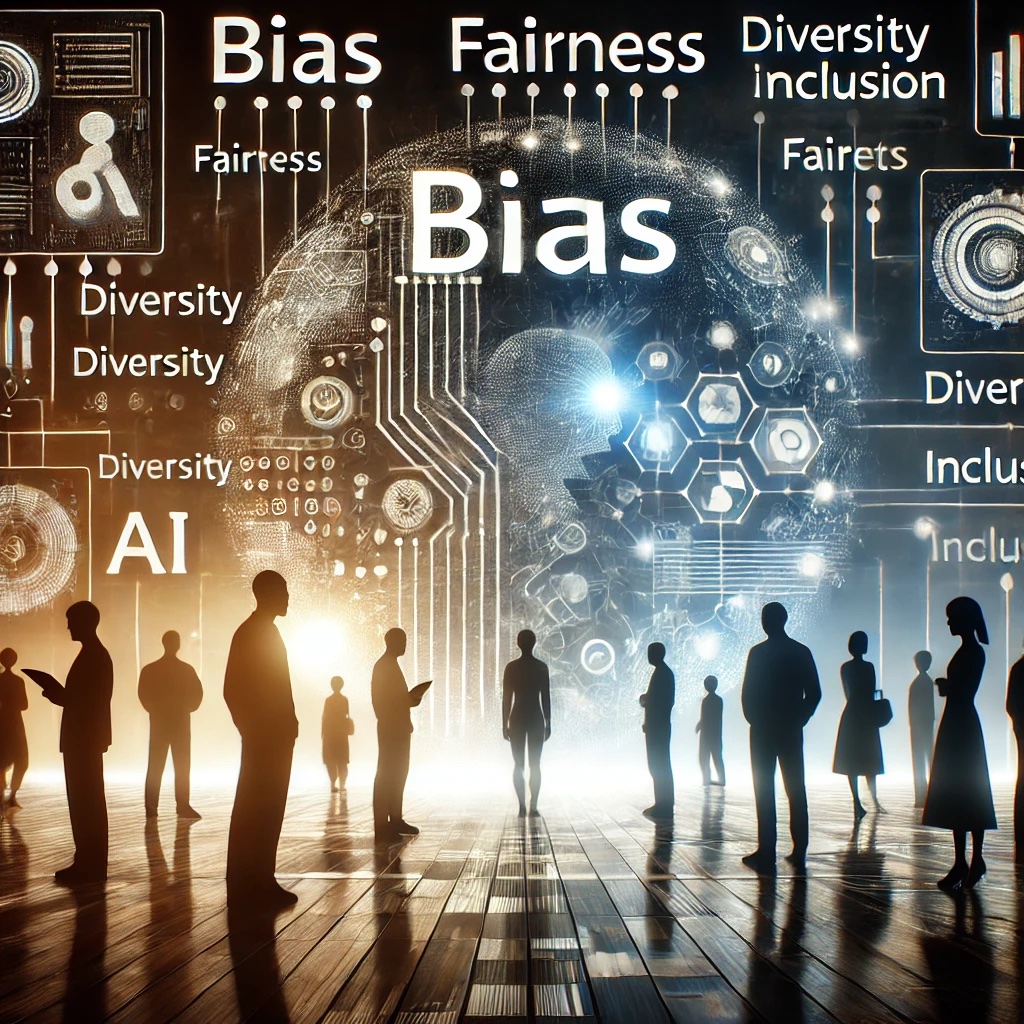Bias and Fairness Challenges in AI Systems
In recent years, artificial intelligence (AI) has become a powerful tool driving decisions across industries, from hiring processes to medical diagnostics. But while AI holds great potential, it also comes with challenges—particularly around bias and fairness. When AI systems are trained on biased data, they can perpetuate and even amplify inequalities, leading to real-world harm, such as discrimination in policing, hiring, or loan approvals.
How AI Systems Evolved? Early AI systems were designed to replicate the decision-making processes of human experts. For instance, early medical AI tools were developed to assist in diagnosing bacterial infections by simulating how doctors would approach similar cases. However, today’s AI systems rely less on expert input and more on big data. These systems learn from large datasets to generate predictions, decisions, and recommendations across various fields.
- Supervised Learning: In this approach, AI systems train on labeled datasets. For example, an algorithm designed to identify tumors learns by studying images that are clearly marked as either "tumor" or "non-tumor."
- Unsupervised Learning: Here, AI searches through large datasets to identify hidden patterns without needing labeled data. This method is often used for tasks like fraud detection or market segmentation such as credit scoring models predict risks by analyzing spending habits and transaction histories, helping financial institutions detect fraud and assess creditworthiness.
Bias in AI: A Hidden Problem. While AI can enhance efficiency and improve outcomes, it is not immune to bias. AI systems learn from historical data, and if that data is flawed or unrepresentative, the AI can inherit these biases. Here are some of the ways this plays out:
Data Bias: When the data used to train an AI system is incomplete or skewed, the system’s predictions can be inaccurate or unfair. For instance, facial recognition systems trained predominantly on lighter-skinned faces have been found to perform poorly on individuals with darker skin. This has resulted in higher error rates for women and people of colour, contributing to discrimination in applications like surveillance and law enforcement.
Discriminatory Decision-Making: AI systems used for loan approvals have also come under scrutiny. If the training data reflects biased lending practices, the AI may reject applicants from minority communities, reinforcing existing financial inequalities. These biased patterns in algorithms can limit opportunities for marginalised groups, making it harder for them to access services like credit or mortgages.
Ensuring Fairness in AI Systems: Addressing bias in AI requires a multi-faceted approach. It starts with building more diverse and representative datasets, implementing bias mitigation techniques during model development, and continuously monitoring AI outputs to identify and correct unfair patterns. Transparency and accountability are also critical—AI decisions should be explainable, especially when they impact people's lives in significant ways.
AI has tremendous potential to drive innovation and efficiency, but it also poses significant risks if not properly managed. Bias in AI is a complex issue that can have far-reaching impacts, from discriminatory hiring practices to inequitable access to financial services. Ensuring fairness in AI systems is essential to creating technology that serves everyone equitably. As AI continues to shape our future, it’s crucial that we remain vigilant, ensuring that these tools are not only smart but also impartial.
